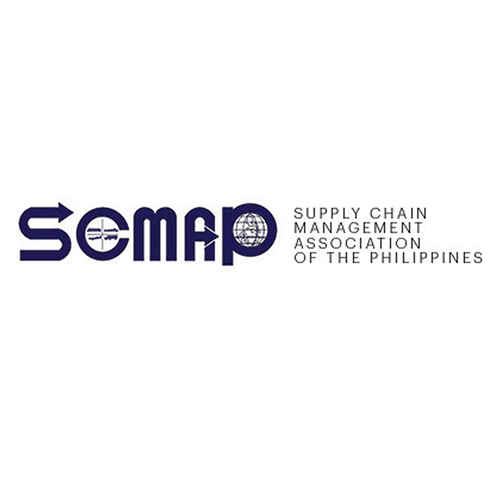As we noted in a previous column, the months surrounding the transfer of power from an outgoing president to an incoming one are filled with apprehension. What changes would we see? What issues will be prioritized? Will our concerns be tackled in a timely manner, or will they be left on the back burner?
In a way, it’s heartening to see that the government plans to continue reforms and initiatives that will benefit the supply chain sector. New appointees to relevant agencies have made indications that they will remain committed to the priorities that were shaped over the past few years, thanks to continuous conversations with stakeholders across the industry. Also critically, in his State of the Nation Address last week, new president Bongbong Marcos reaffirmed the government’s commitment to hiking investment in physical infrastructure, aiming to spend up to 6% of gross domestic product. Apart from developing road networks, seaports and airports, the special mention of continuing expansion of our rail networks should be good news for a sector seeking to decrease logistics costs, which form 25% of total sales costs, according to the most recent Logistics Efficiency Indicators survey commissioned by the Department of Trade and Industry.
It is important to continue efforts to decrease these costs. As the economy continues to face high inflation – meaning higher prices for most, if not all, goods, a problem that disproportionately impacts those in the lower classes – addressing some of the factors that contribute to it is key. Some of it can be addressed through monetary and fiscal policies, which can boost business confidence and provide them more flexibility in serving their customers. Some of it can be addressed through improvements in capacity and capability, as the continued push for infrastructure – not to mention ongoing programs to boost supply chain expertise among enterprises of all sizes – vow to do.
On the flip side, what we do know of the new government’s plans for the next six years are for the medium to long term. Long term plans are good, yes. However, the concerns Filipinos are facing – the concerns the Philippine supply chain sector are facing – are immediate. For instance, how will the high cost of fuel be addressed? Pump prices may be going down, but year-on-year they are still higher. Again, it disproportionately impacts the lower classes. Those who use public transportation, for instance, find themselves with fewer options as some routes remain suspended and drivers decide to quit due to lower earnings. Fuel prices also impact the cost of commodities and goods, which means the power of one’s monthly salary is less than what it used to do twelve months ago.
For the supply chain sector, this means increased operating costs that will most definitely impact not just the final cost of the goods and services we deliver, but also the competitiveness of businesses and our ability to rightly compensate our transportation partners who are bearing the weight of inflation. While the pandemic has changed what is expected from the logistics sector – the same DTI survey indicates that logistics providers now put a premium on reliability over cost or timeliness – the continuing unpredictability of costs could impact our ability to deliver to our customers. This is important in these times, where demands on the supply chain sector to deliver, for businesses and customers alike, have never been greater, thanks to the rise of e-commerce and continuing disruptions globally.
Here’s what we want to hear about, with more clarity, and hopefully with more concrete plans, in the coming weeks. How will the government address continuing mobility issues, particularly the below-optimal state of our public transportation system? How will it tackle the issue of high shipping rates and unjustified costs across the whole supply chain? How will it rebuild the confidence of both consumers and businesses – to promote consumption and investment – in light of current global challenges? How will it strengthen our defenses against the continuing threat of COVID-19, to ensure that the economy can operate openly and normally, particularly after Marcos’ vow to never implement another lockdown in the country? Finally, as we’ve seen just a few days ago, how can we ensure our economy and supply chain networks are resilient and agile in light of natural calamities?
Yes, I’ll concede they cannot be answered by short-term plans alone, but clarity goes a long way in figuring out where we’ll go. Some key government appointments have yet to be made – the Department of Health, for instance, only has an officer-in-charge, which isn’t an ideal scenario during a global pandemic. But speaking from experience, once we know what the direction is, stakeholders from the private sector are in a better position to contribute meaningfully – and to provide honest feedback when something isn’t working. We’ve done this in the past few years. There’s no reason why we cannot continue in the next six.
Be part of SCC22: This year’s edition of the SCMAP Supply Chain Conference is happening in person and online on September 22-23, at the EDSA Shangri-la in Mandaluyong City. Sponsorship opportunities are still available – and stay tuned for registration and programme details in the coming days. VIsit scmap.org/events/conference to learn more.
Henrik Batallones is the marketing and communications director of SCMAP, and editor-in-chief of its official publication, Supply Chain Philippines. More information about SCMAP is available at scmap.org.





